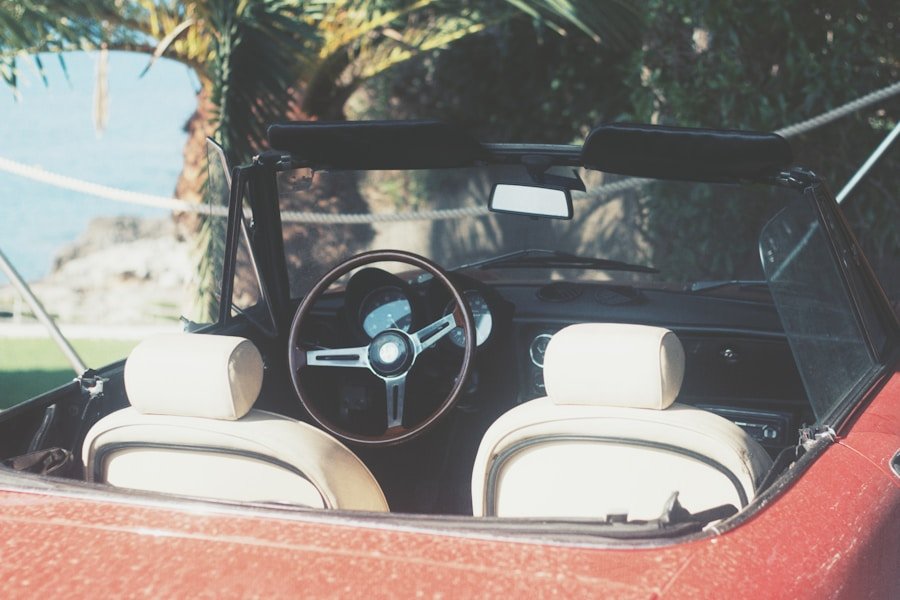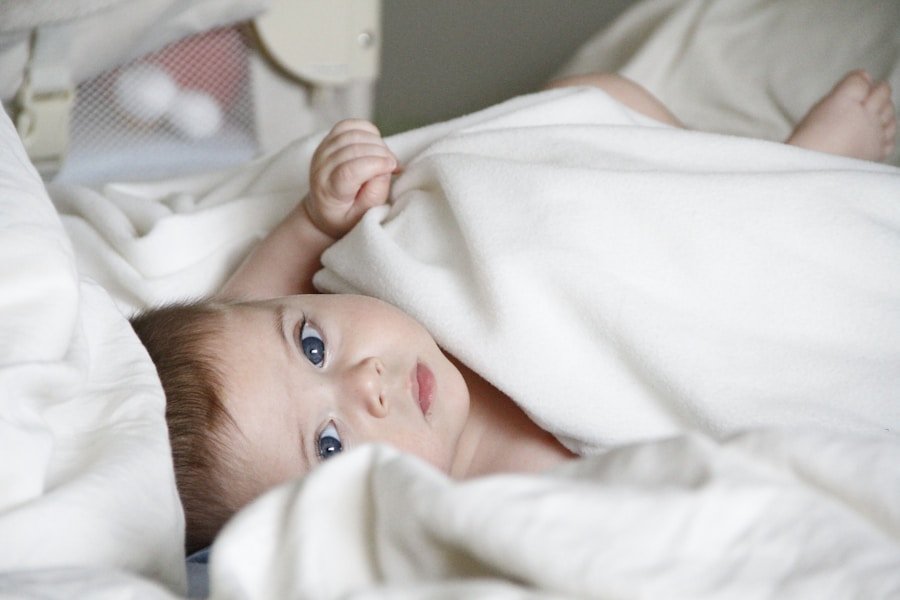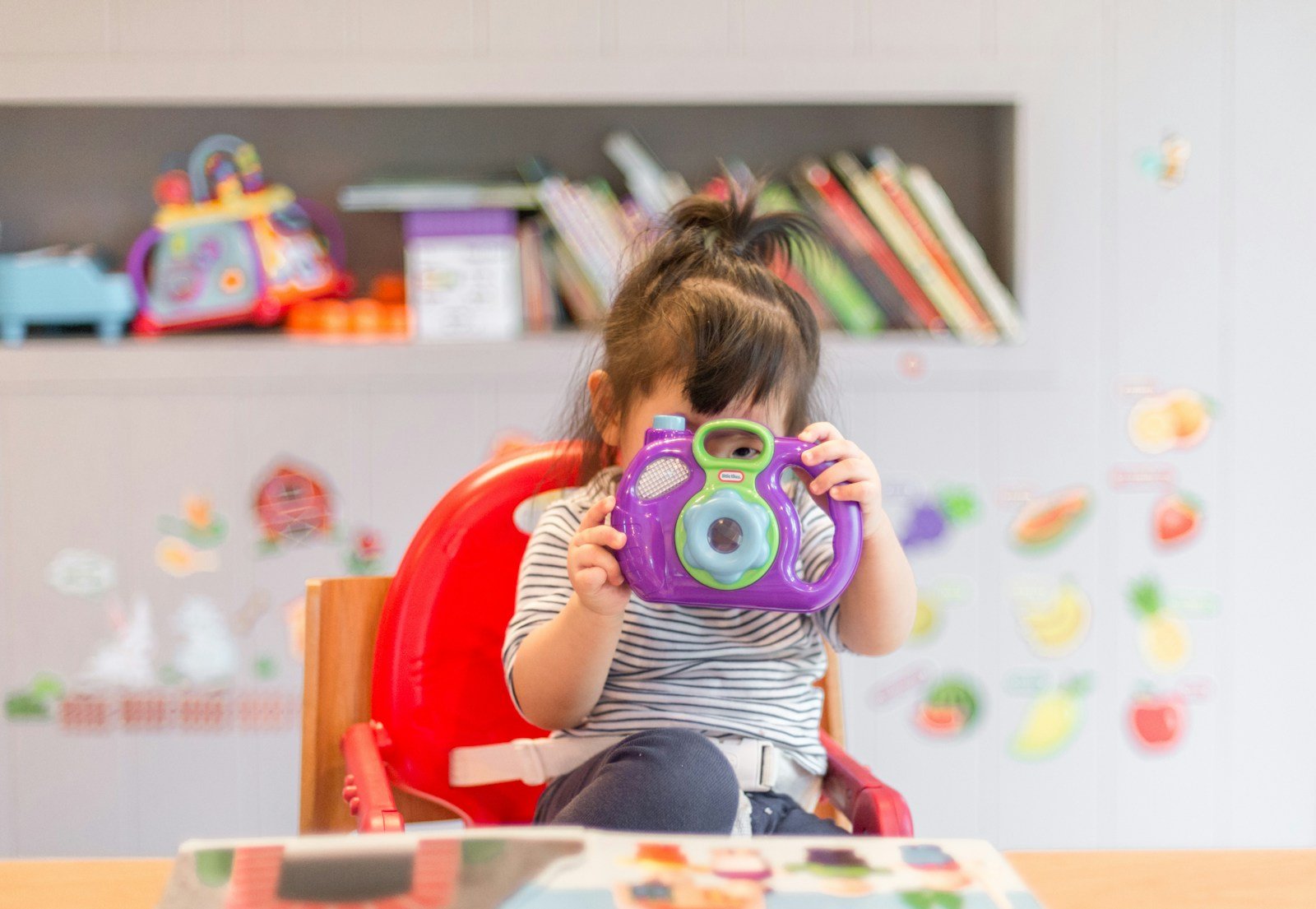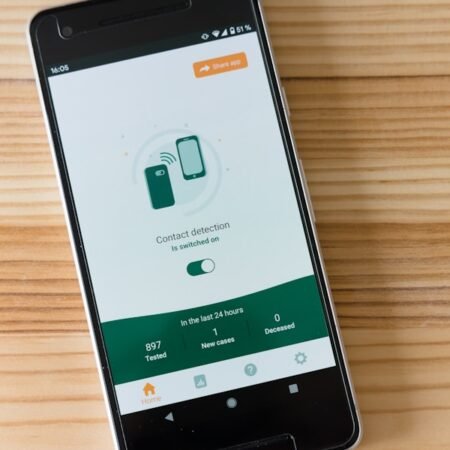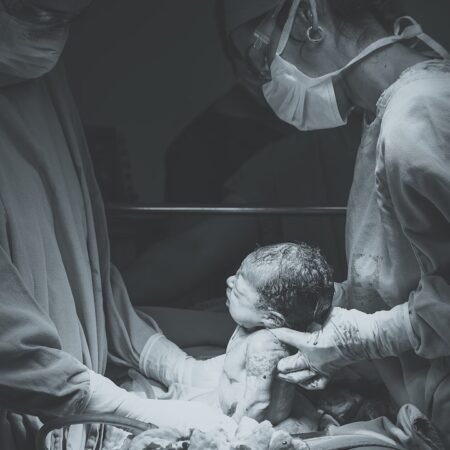As a parent, witnessing your baby’s growth and development can be both thrilling and daunting. A significant milestone in this journey is the transition from baby to toddler gear. However, determining when to make this transition can be challenging.
Fortunately, there are several indicators that can signal your baby’s readiness for toddler gear. Monitoring your baby’s physical development milestones is crucial. As they grow, they will become increasingly mobile and independent, achieving milestones such as crawling, pulling themselves up, and taking their first steps.
These physical advancements are a clear indication that your baby requires toddler gear that can accommodate their enhanced mobility. In addition to physical development, observe your baby’s growing interest in exploration and play. As they become more mobile, they will likely exhibit a greater curiosity about their surroundings and may start to engage with their environment more actively.
This is a sign that they are ready for toddler gear that can provide opportunities for safe and stimulating play.
Key Takeaways
- Increased mobility and independence, such as crawling or pulling up, are signs your baby may be ready for toddler gear.
- Interest in exploring and playing independently indicates that your baby is ready for more advanced toys and equipment.
- Improved communication skills and the ability to follow simple instructions are signs of readiness for toddler gear.
- Look for physical development milestones like standing and walking as indicators that your baby is ready for toddler gear.
- Readiness for potty training is a key sign that your baby is transitioning from baby to toddler gear.
Increased Mobility and Independence
Increased Mobility and Independence
As your baby grows, they will become more mobile and independent, which means they will need gear that can support their newfound abilities.
Safety First
For example, if your baby is starting to crawl or pull themselves up, it may be time to consider a playpen or baby gate to keep them safe and contained while still allowing them to explore and play.
Meal Time Independence
Additionally, as your baby becomes more independent, they may benefit from a high chair or booster seat to join the family at meal times.
Interest in Exploring and Playing
Another sign that your baby is ready for toddler gear is their increased interest in exploring and playing. As babies grow, they become more curious about the world around them and may start to actively seek out new experiences and activities. If you notice that your baby is becoming more interested in toys, books, and other playthings, it may be time to consider toddler gear that can support their play and exploration.
This could include a play mat, activity center, or age-appropriate toys that encourage movement and interaction.
Improved Communication Skills
| Signs Your Baby is Ready for Toddler Gear |
|---|
| 1. Pulling themselves up to stand |
| 2. Crawling or scooting around |
| 3. Showing interest in walking with support |
| 4. Able to sit up without assistance |
| 5. Starting to outgrow their current baby gear |
As babies grow into toddlers, they also begin to develop improved communication skills. They may start babbling, using gestures, and even saying their first words. This increased communication is a sign that your baby is ready for toddler gear that can help support their language development.
For example, you may want to consider introducing a toddler-friendly table and chairs where your little one can sit and engage in activities like coloring, playing with playdough, or having pretend tea parties. These activities can help support your toddler’s language development as they learn to communicate and interact with others.
Ability to Follow Simple Instructions
Another important sign that your baby is ready for toddler gear is their ability to follow simple instructions. As babies grow into toddlers, they start to understand and respond to basic commands and requests. If you find that your baby is starting to follow simple instructions like “come here” or “give me the toy,” it may be time to consider introducing toddler gear that can help support their growing independence and ability to follow directions.
This could include a toddler-sized backpack for outings or a step stool to help them reach the sink for handwashing.
Readiness for Potty Training
Recognizing the Signs of Readiness
If you notice that your baby is showing signs of readiness for potty training, it may be time to consider transitioning to toddler gear that can support this important milestone. Some common signs of readiness include:
Key Indicators of Potty Training Readiness
* Showing an interest in the bathroom * Staying dry for longer periods of time * Being able to communicate when they need to go
Introducing Toddler Gear to Support Potty Training
If you notice these signs in your baby, it may be time to consider introducing a potty chair or seat, training pants, and other gear that can help support their potty training journey.
Transitioning from Baby to Toddler Gear
Making the transition from baby to toddler gear is an exciting milestone for both you and your little one. It signifies their growth and development as they become more independent and curious about the world around them. When making this transition, it’s important to consider the specific needs and interests of your baby.
Look for gear that can support their increased mobility, independence, and interest in exploring and playing. Additionally, consider introducing gear that can support their communication skills, ability to follow simple instructions, and readiness for potty training. As you make the transition from baby to toddler gear, remember that every child develops at their own pace.
Pay attention to the signs that indicate your baby is ready for toddler gear, and trust your instincts as a parent. With the right gear and support, you can help your little one navigate this exciting stage of development with confidence and joy.
FAQs
What are some signs that my baby is ready for toddler gear?
Some signs that your baby is ready for toddler gear include being able to sit up on their own, showing an interest in exploring their surroundings, and starting to pull themselves up to stand.
What are some examples of toddler gear?
Examples of toddler gear include high chairs, booster seats, playpens, and baby gates. These items are designed to help keep your baby safe and comfortable as they start to become more mobile and independent.
Why is it important to wait until my baby is ready for toddler gear?
It is important to wait until your baby is developmentally ready for toddler gear to ensure their safety and comfort. Introducing toddler gear too early can increase the risk of accidents and injuries.
How can I tell if a particular piece of toddler gear is appropriate for my baby?
When considering toddler gear for your baby, it is important to look for products that are age-appropriate, meet safety standards, and are designed to support your baby’s developmental needs. Always follow the manufacturer’s guidelines and recommendations for use.



